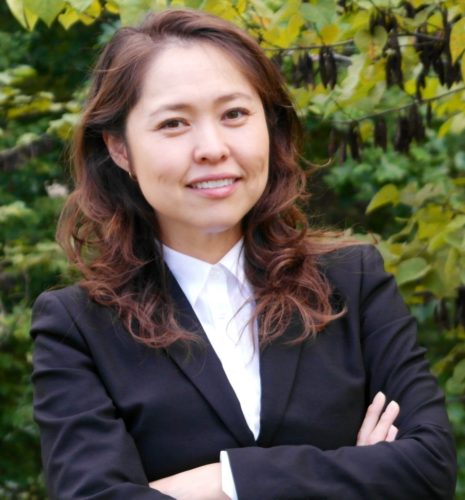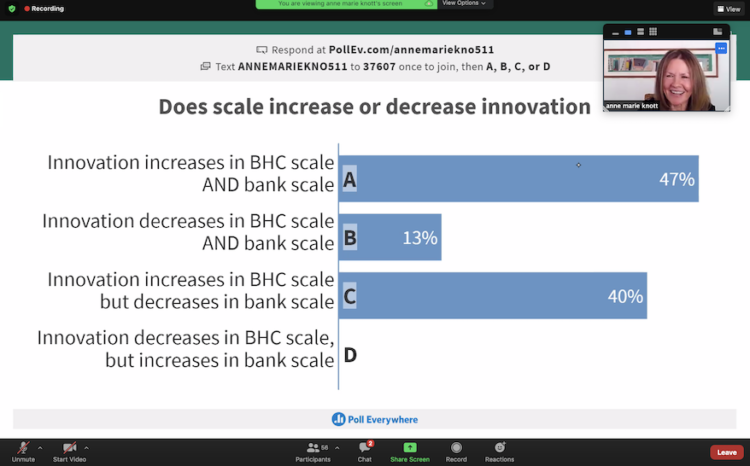Small private firms that provide health insurance for their employees have better worker productivity and retention—as well as overall profitability—when compared with small firms that don’t offer health insurance, according to research by Ulya Tsolmon, assistant professor of strategy for Olin Business School.

The results suggest that investments in employee health and well-being provide a competitive edge to firms, especially when labor market competition for workers is high.
Firms have been shifting the costs of health care to employees, but they “might be wise to view employee health benefits as an investment that can yield significant returns,” Tsolmon and coauthor Dan Ariely, of Duke University, write in “Health Insurance Benefits as a Labor Market Friction: Evidence from a Quasi-Experiment,” in Strategic Management Journal.
“The results tell me that firms are gaining financial advantage even with their expenses toward health insurance benefits,” Tsolmon said. “The productivity results suggest that workers are ‘giving back’ to the firms by being more productive, which translates into higher profits.”
“Healthy and happy employees are innovative and productive employees.”
Ulya Tsolmon, assistant professor of strategy
The research also explored the link between high unemployment insurance benefits at the state level and more small firms providing health insurance in that state. High unemployment benefits ease employee mobility between companies, and firms respond by increasing “internal market frictions,” like offering health insurance, to keep their employees, the researchers found. That correlation didn’t apply to bonuses, pensions or training—making health insurance a unique lever among employee benefits.
The paper is the first to explain health insurance provision in small firms from the perspective of human capital management and to use empirical evidence to test its impact on firm performance, the authors say.
Data from 15,000 small firms
“Health insurance is a significant investment for small firms, so the interesting question to me was not why firms don’t offer health insurance, but rather looking at firms that do offer health insurance, asking why they do that and whether it’s a smart strategy and under what conditions,” Tsolmon said.
The research used data from the financial records of 15,000 small firms (with no more than 500 employees) in the US. The data set included accounting details on all expenses and revenues, as well as employee records, for five years. The authors looked at twelve different variables, including training costs for an employee.
Tsolmon supplemented the financial records with 761 Glassdoor reviews and 11 open-ended interviews with randomly selected small business owners, representing different industries and firm sizes. Just like with the numbers’ data, employee satisfaction was reported to be higher in firms that offered health insurance, and business owners spoke about more easily attracting and retaining employees after they began offering health insurance.
Implications for large firms
“By investing in worker well-being,” Tsolmon said, “firms can tap into their latent productivity and innovation that’s difficult to incentivize with monetary rewards alone. Healthy and happy employees are innovative and productive employees.”
The research also has implications for large firms, most of which provide health insurance but whose benefits differ in generosity.
“Given our finding that policies intended to increase employee wellness can affect turnover, productivity, and firm performance, large firms should consider increasing the employee uptake rate of health benefits by bearing a greater share of the insurance costs themselves,” the authors write.
Jill Young Miller contributed to this report.














